A Smart Way to Maintain Moisture Specification While Reducing Energy and Emissions from a CO2 Gas Dehydration System
This presentation will showcase methods of control for temperature swing adsorption gas dehydration systems allowing for full loading of adsorbent media at various process conditions allowing for elongated adsorption dehydration cycles while holding the outlet design moisture specifications for CO2 offtake.
Advanced instrumentation and controls are used to monitor the media loading to allow for conversion from traditional timer-based control to loading-based control. As the adsorbent materials are designed for specific maximum conditions of temperature and moisture loading, most systems operate well below these conditions. Under timer-based control operating below design conditions results in wasted energy and emissions. With proper monitoring and smart controls, the extra capacity can be leveraged for elongated adsorbent dehydration cycles thereby reducing the number of regeneration cycles. The reduction of regeneration cycles offers substantial opportunity to improve energy consumption, emissions, and extend the media life.
Intake CO2 gas stream moisture conditions are directly affected by upstream processing. Upstream processing typically includes coolers and liquid water separation equipment. The CO2 gas moisture content resulting from these upstream systems is dependent on cooling medium temperatures which are affected by the atmospheric conditions of the site location. Bed moisture loading rates are proportional to the dehydration intake moisture content. Under traditional timer-based controls bed switching timers are designed for the primary maximum temperature and moisture concentration. When lower temperature and moisture concentration are processed the bed cycles occur prematurely and results in wasted energy and emissions. By deploying smart controls for temperature swing adsorption systems and optimizing the adsorption cycles, corresponding regeneration cycles can be extended resulting in 20-50% reductions in energy and emissions. Additional benefits of longer media life can be obtained when heat cycles are the primary degradation mechanism.
This presentation will highlight benefits of changing from traditional timer-based control modes to more advanced smart controls where the condition of the media is monitored for optimum control based on process conditions. A CO2 gas stream will be reviewed with associated opportunity of energy and emissions reduction as well as increased media lifetime.

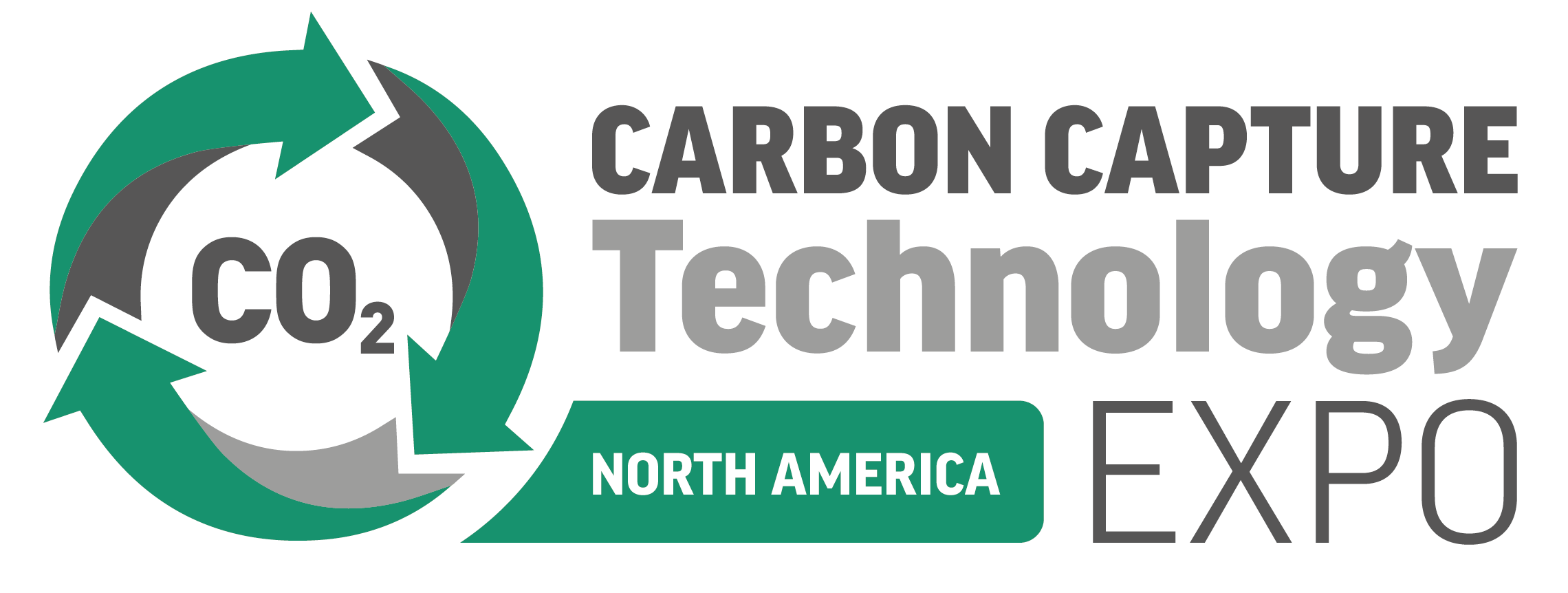
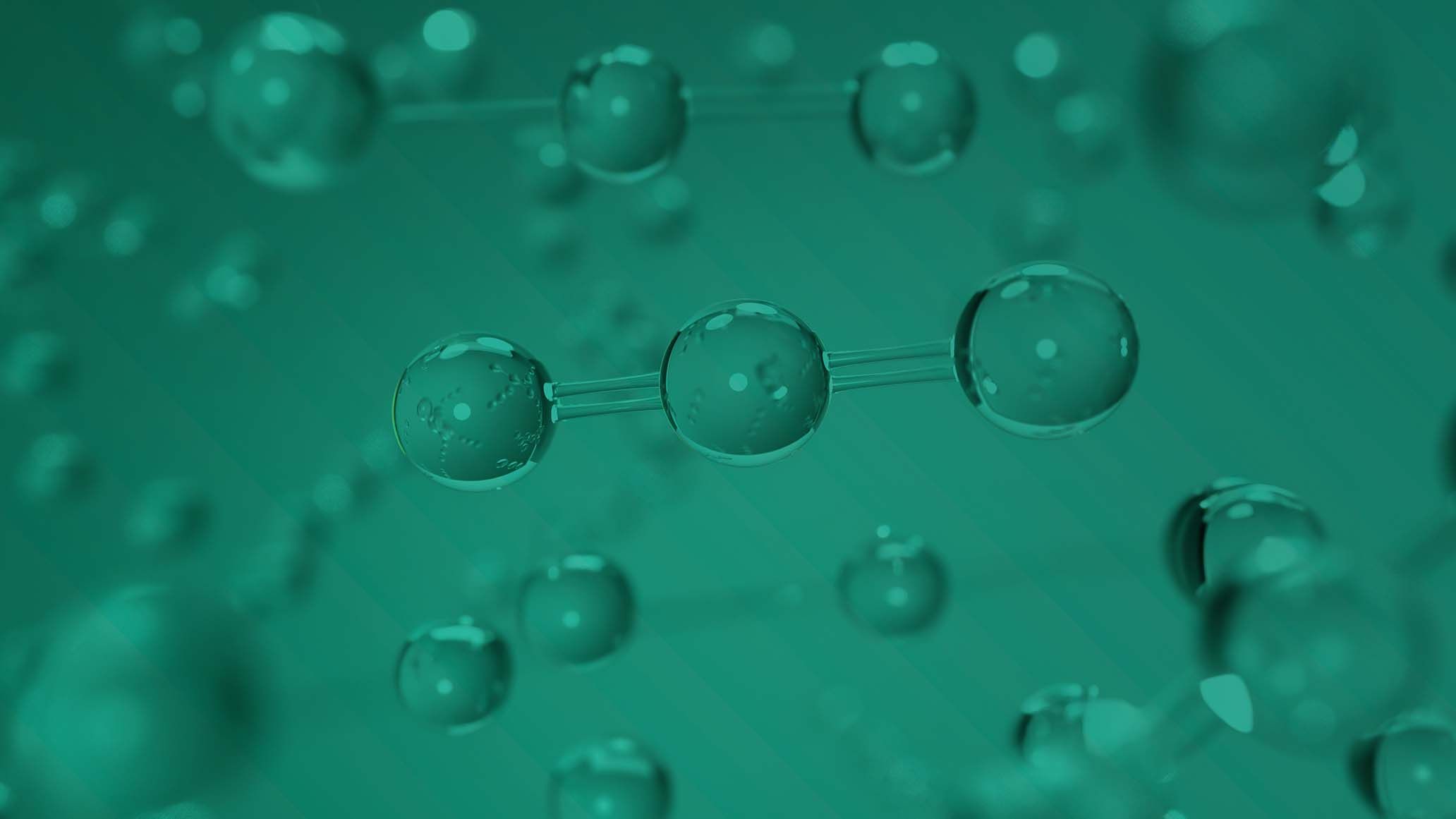

)
)
)
)
)
)
)



)
)
)
)
)
)
)
)
)
)
)
)
)
)
)
)
)
)
)
)
)
)
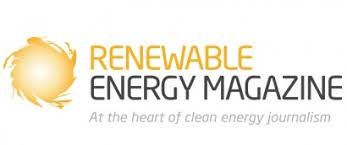
)

)
)
)

)
)
)
)
)
)
)
)
)
)
)

)

)
)
)
)
)
)
)
)
)
)


)
)
)
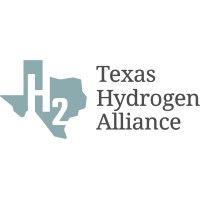
)
)
)
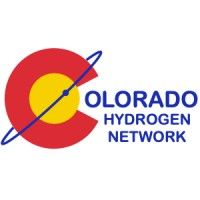
)
)
)
)
)
